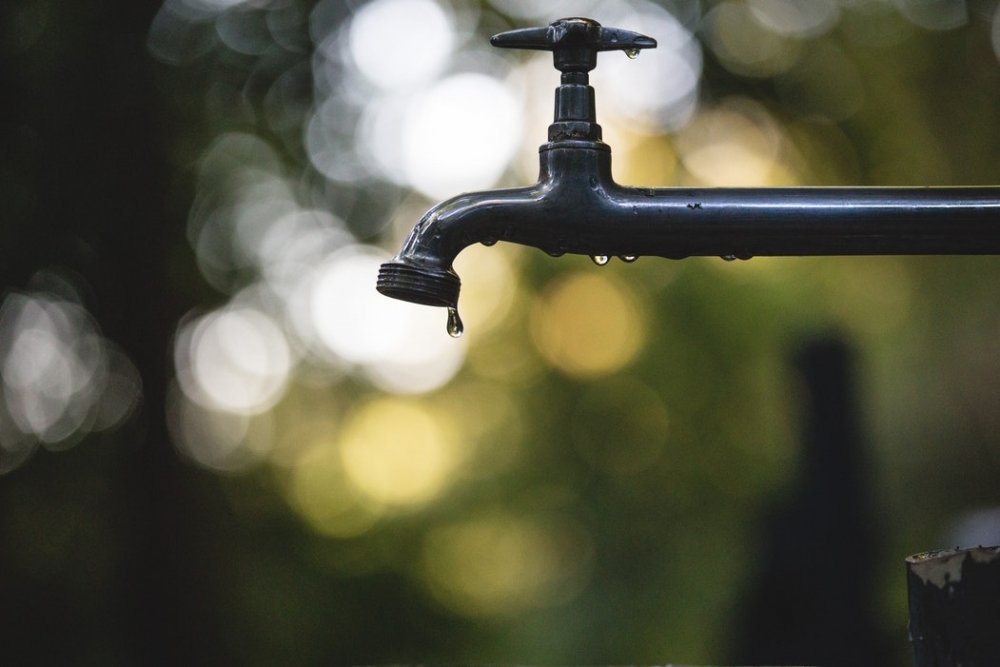How close are we to achieving SDG6?

WaterAid has warned that the 2030 Sustainable Development Goal of universal and equitable access to clean water and sanitation is unlikely to be met by many countries if current trends continue.
WaterAid’s predictions are based on an analysis of recent data from the World Health Organisation and UNICEF.
Only 21 countries are on target to achieve basic water and sanitation services for their population by 2030, whilst 68 have seen the number of people with access to water and sanitation decline.
A number of Asia-Pacific countries are on track to achieve the 2030 goal, including: Australia, Laos, Sri Lanka, Tokelau and Vietnam.
Laos has demonstrated one of the greatest improvements, in 2000 less than 50% of the population had access to clean water and only 25% had access to sanitation. By 205, however, these figures have risen to 80% and 75% respectively. Based on this improvement Laos is expected to achieve SDG6 by 2024.
Similarly, in 2000 25% of Vietnam’s population did not have access to basic clean water, this has since risen to 91%. It is expected that Vietnam will achieve basic water by 2025. Vietnam is also expected to achieve basic sanitation coverage by 2028.
However, a number of countries have shown slow progress or are moving backwards, for example: Bermuda, Jordan, Papua New Guinea, Slovenia and Zimbabwe.
In 2000, 36.7% of Papua New Guinea’s population had access to water and 18.7% sanitation had access to basic sanitation. However, by 2015 this had decreased to 36.6% and 18.6% respectively; although this is a small percentile decline it reflects a significant obstacle in achieving SDG6.
In Equatorial Guinea basic water coverage rose an average of 0.05% each year between 2000 and 2015, from 48.9% to 49.6%. If this level of progress continues basic water coverage will not be achieved until 3119.
The primary challenge for Equatorial Guinea is improving water access in rural areas; urban water access has been steadily improving with urban water access achieved by 2037. However, in rural areas basic water access has declined from 39.9% in 2000 to 30.5% in 2015.
Some countries, such as Vanuatu, are close to one aspect of SDG6 but not both, therefore holding their progress back. Vanuatu is expected to reach water coverage by 2031 but given current trends will not achieve basic sanitation until 3468.
Achieving universal basic water and sanitation services are restricted by a number of local and international factors such as politics, conflict, climate change and natural disasters.
WaterAid have stressed the urgency of achieving SDG6 as currently a child dies every two minutes from diarrhoea caused by unclean water and poor sanitation. The charity is encouraging water and sanitation provision to be integrated into education, health and nutrition programmes globally to improve progress.
Join us for the 10th Anniversary AIDF Global Summit this September in Washington D.C, USA to discuss global progress to achieving the SDGs. Day one of the summit will focus on global health and WASH.
If you’d like to stay informed on the latest updates in aid and development, please sign up for the AIDF newsletter.















